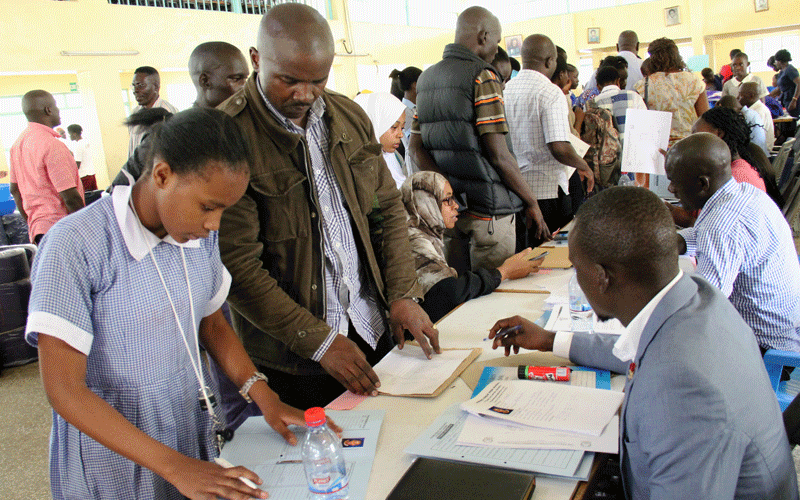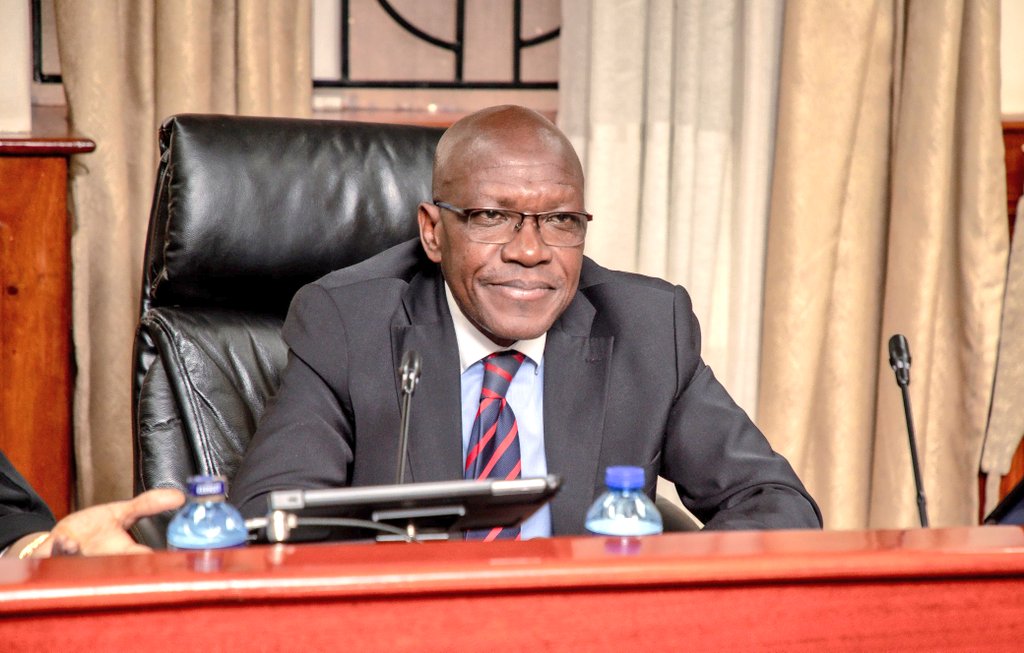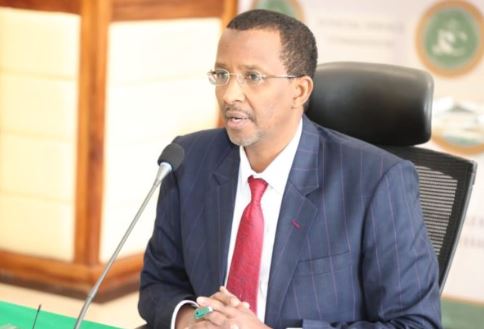Rethinking secondary school funding by government

Kenya can’t afford to waste its hard- earned income on the inefficient capitation model the State has been using since 2003 and 2008 when the Free Primary and Free Day Secondary Education, respectively, were introduced
John Masika
The 100 per cent transition from primary to secondary school is probably the boldest decision Kenya has made in recent years in the education sector.
Under the policy, all candidates who sit for the Kenya Certificate of Primary Education test must transit to secondary school.
This is the third school calendar year the Education ministry is implementing the policy.
The programme is well-meaning since education is a public good, benefitting the society in terms of employment, economic prosperity, health and social cohesion.
However, questions are now stalking the policy intention and its execution, especially given the prohibitive cost of education in boarding schools.
The State has stepped in to ease the fee burden for parents through the Free Day Secondary Education (FDSE) that pays Sh22,244 for every learner in public secondary school.
Parents whose children attend boarding secondary schools pay Sh53,554 in national schools and Sh40,535 in the rest of the boarding schools.
The ministry statistics show more than 60 per cent of public secondary schools are day schools, which admit more than 70 per cent of the student population.
This means majority of secondary school students attend day institutions. Therefore, the State is spending more money to cater for about 30 per cent of those boarding schools less on the majority students.
An urgent policy review is needed to make education affordable for the 100 per cent transition to succeed.
This will cure the heart-wrenching scenes on media of parents and their children crying after failing to raise school fees. Worse, suicides and attempted suicides have been reported.
From an economic perspective, boarding schools are significantly more costly compared to day counterparts because of the extra fees levied for accommodation and food. There are also contingent costs that arise due to administration and other logistics.
Boarding schools
Boarding schools also impose additional charges of not less than Sh40,000 per year. Other indirect costs such as uniforms, personal effects and transport costs are incurred by guardians.
About 30 per cent of secondary school learners attend boarding institutions — an estimated one million learners— meaning that Sh40 billion is spent annually in boarding facilities.
Boarding secondary schools are costing households Sh40 billion exclusive of the Shs22, 244 they attract from the students courtesy of the FDSE.
The combined sum public day and boarding secondary schools receive from government under FDSE is approximately Sh60 billion on Free Day Secondary Education programme annually.
In other words, public secondary schools in this country receive more than Sh140 billion annually in capitation and in direct funding from guardians of the children in school.
These are colossal amounts of resources. Some of the immediate policy interventions for these resources are to improve teaching, learning facilities and staffing in day schools to ensure quality education and encourage more learners to join day schools.
Education ministry officials should expend time and energy to rethink the model of financing and staffing of day secondary schools to minimise the costs of secondary education.
The current model of spending money on boarding schools—building hostels and dining halls—is wasteful.
It is better to spend that money on building classrooms, laboratories, libraries and sanitary facilities in day schools and to ensure Teachers Service Commission (TSC) deploys teachers there.
For the sake of access, equity and efficiency in administration of 100 per cent transition, it is important that the government also relooks at how it funds free primary education.
The FDSE programme is based on capitation. School financing targets children admitted in a school.
This glosses over the differences in the resource endowment and the unique needs of each school being funded.
The current FDSE system d (one-size-fits-all model) of funding secondary schools has hurt many institutions while it has benefited a few.
The State should consider introducing a national funding formula for the institutions. Resources should be distributed on a formula based on the individual needs of schools.
There should be a minimum per pupil funding for secondary schools—funding support that is different to that provided to all pupils because of an evidenced need—and top-up funding for pupils with Education, Health and Care Plans.
The latter should target Special Needs Education learners wherever they are.
Blank cheques
The Sh60 billion FDSE budget can modernise school infrastructure in all public secondary schools within five years.
It will also cut costs; parents can save on the Sh40 billion they spend in boarding school fees.
Moreover, principals of secondary schools have a field day determining suppliers and the prices of the personal effects children need such as uniforms.
Prices of some of the personal items parents are being forced to buy for their children upon admission are exorbitant.
Who gave the principals the blank cheque to swindle parents of their hard-earned cash?
One of the campaign platforms President Uhuru Kenyatta ran on in the 2002 presidential elections was that he would make education affordable.
Affordability of education lies in the State deliberately channeling resources into funding day secondary schools.
Kenya cannot afford to waste its hard- earned income—from government and households—on the inefficient capitation model the State has been using 2003 and 2008 when the free primary and free day secondary education programmes were introduced.
It is time the Ministry of Education went back on the drawing board with a view to saving this country from the waste, tears and blood we witness every time students join secondary education. The writer comments on social issues










